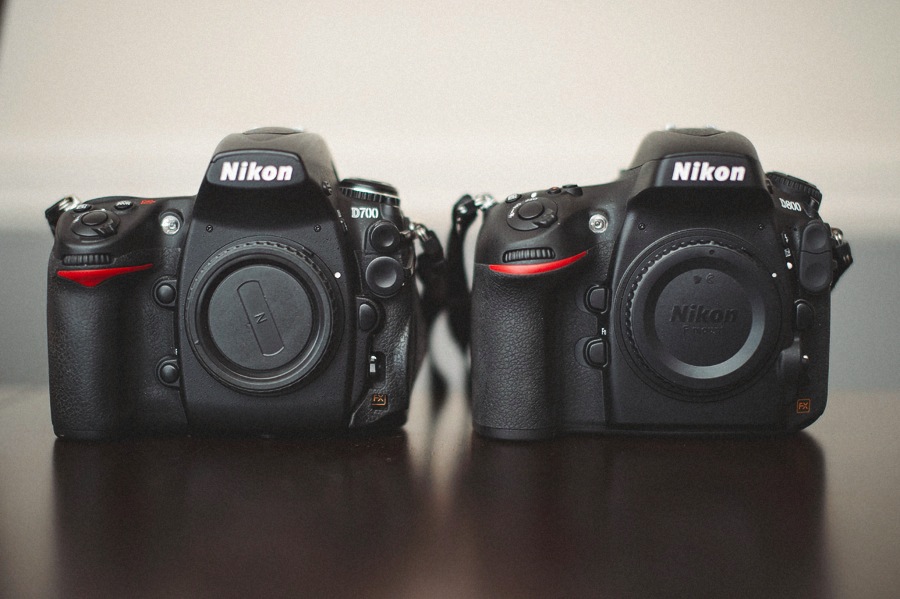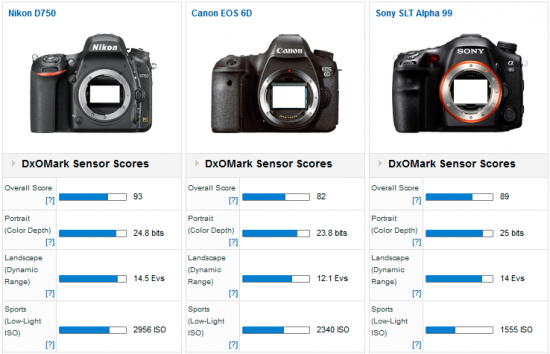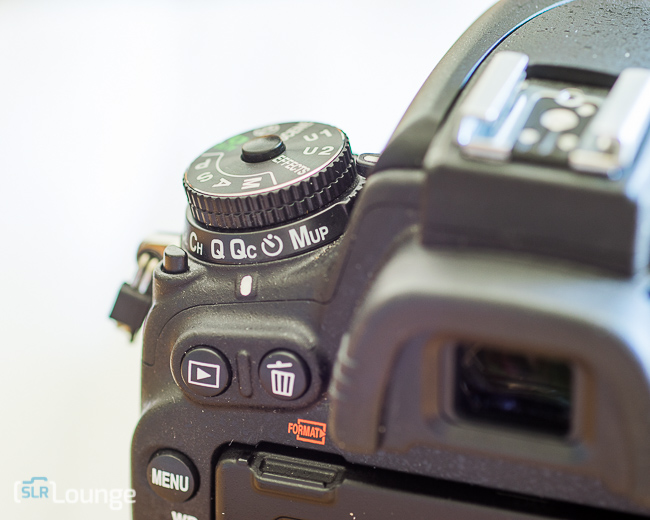When it comes to purchasing an interchangeable lens camera, the number of lenses offered is a major deciding factor. Given that both the Nikon D750 and the Nikon D800E share the same Nikon F lens mount, a total of 316 native lenses are compatible with both cameras. It is possible to compute equivalent aperture by multiplying the lens aperture by the crop factor (a.k.a. focal length multiplier). The DXOMARK Sensor Overall Score indicates the overall quality of a camera’s sensor in terms of noise, the capacity to produce high contrast, the development of colored noise, and the ability to shoot in low light conditions. A standard 300dpi 8″x12″ format has been used for printing, which corresponds to about the physical size of an 8Mpix picture printed at 100 percent magnification.
Another key consideration is whether or not picture stabilization is available. Because none of these bodies are equipped with sensor-based image stabilization, you will need to purchase lenses that provide optical stabilization. Currently, there are 107 lenses available for the Nikon F mount that include image stabilization. The size of the sensor is typically considered to be a reliable measure of the quality of the camera.
Nikon D750 vs Nikon D800e: Which Is Better?
However, caution should be used when evaluating the review ratings shown above. The evaluations were done in comparison to other cameras of the same technical generation that were comparable in design. As a side point, it should be mentioned that certain review sites have changed their methods of delivering their assessments throughout the years.
When the size of the pixel is increased, the amount of light that can be gathered by that pixel increases. The maximum number of photographs that may be captured on a single charge of the battery. A low-pass filter blurs small features in an image in order to reduce moiré and color artifacts caused by finely patterned structures in a digital picture. Images will seem sharper if no low-pass filter is used, however there is a possibility of moiré appearing in some settings if no low-pass filter is used. Most current cameras are capable of shooting video in some form or another, but these are the models we’d recommend if you want to capture video in addition to your photographs. We picked cameras that are capable of taking excellent images and making it simple to capture professional-quality video, rather than devices that would be suitable for a dedicated filmmaker.
Although it is just slightly greater than the highest picture resolution, which is often indicated on camera specs, it is still a significant improvement. The sensor resolution is utilized in the calculation of pixel pitch, pixel area, and pixel density. We’re going to break it down into three steps for the purpose of simplicity.
If this is the case, please contact us so that we can make the necessary changes. In terms of chip-set technology, the D750 has a more powerful image processing engine than the D800E, which provides advantages in terms of noise reduction, color accuracy, and processing speed over the latter. In electrical energy terms, battery power, also known as battery capacity, refers to the quantity of electrical energy that a battery can store. It is possible that more battery power indicates greater battery longevity.
Although there is a substantial variation in resolution between the D750 and the D800E, both cameras have the same sensor size. Two digital cameras from Nikon, the Nikon D750 and the Nikon D800E, were introduced to the public in September 2014 and February 2012, respectively. Both cameras are DSLRs with a full frame sensor, and they are comparable in price. The D750 has a resolution of 24.2 megapixels, whilst the D800E has a resolution of 36.2 pixels. The resolution of the photographs recorded with the primary camera is determined by the number of megapixels available. A larger megapixel count indicates that the camera is capable of recording greater amounts of information.
Crop Factor D800e (D800e)
Nikon D750 and Nikon D800E have the identical sensor sizes, which means that when both cameras are used with the same focal length and aperture, they will give the same amount of depth of field control. As a result of the Nikon D750’s much bigger pixel area, as compared to the Nikon D800E, it has the ability to gather more light at the pixel level and hence produce photos with less noise in low light / high ISO conditions. The distance between two pixels on a sensor measured from center to center. The bigger the photosites, the more light they can collect, and the lower the degree of visual “noise” in the pictures acquired by the photosites. Clearly, the sensor size of both cameras are the same, but their megapixel counts are different.
Sensor
All of these features, including high resolution, weatherproof bodies, and a large dynamic range, are essential. In this purchasing guide, we’ve compiled a list of the greatest landscape photography cameras available, and we’ve suggested the best of them. Below is a side-by-side comparison of the technical specifications of the two cameras, which should help you quickly assess their differences and similarities. Did this review assist you in making a choice on your camera purchase? Please use Nikon D800E vs Nikon D750 the search option at the bottom of this page if you want to compare and contrast the differences and similarities of various camera models. Alternatively, you may click on any of the hyperlinks in the table below to see comparisons that others have found interesting.









Leave A Comment
You must be logged in to post a comment.